The world's most beautiful flags
More than meets the eye

The Stars and Stripes, flag of the USA
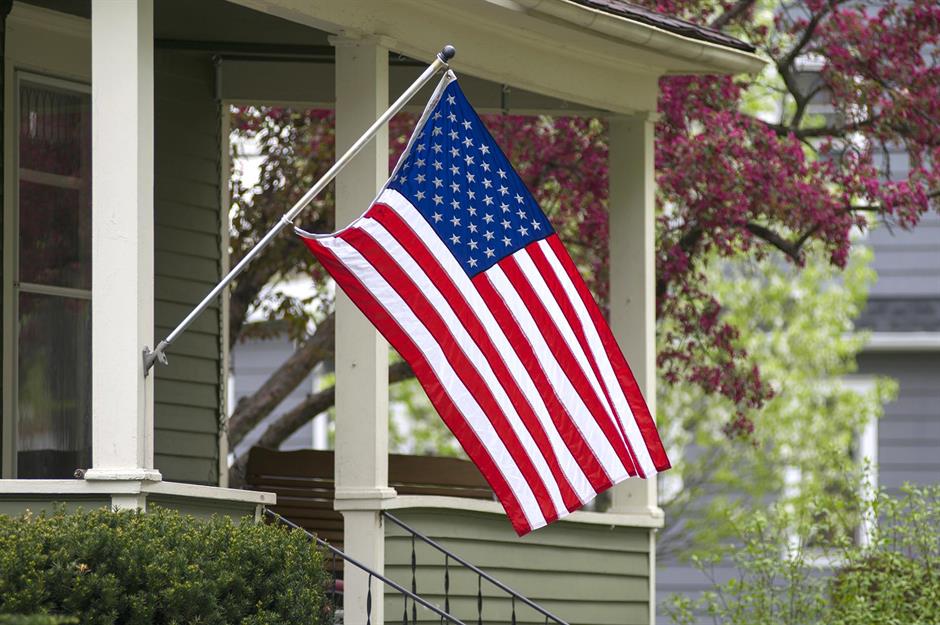
Bundesflagge, flag of Germany
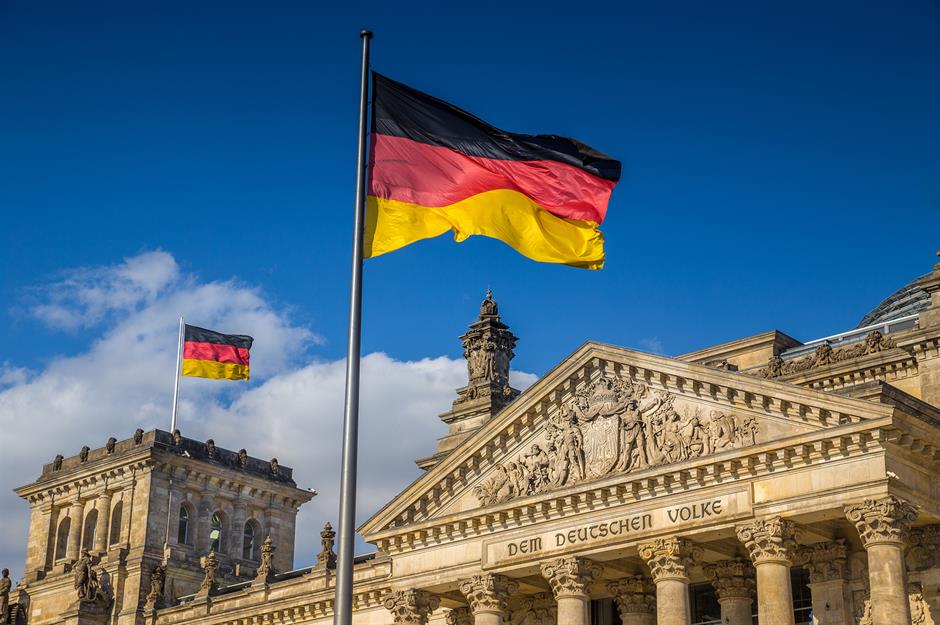
Tiraṅgā, flag of India

The Union Jack, flag of the UK
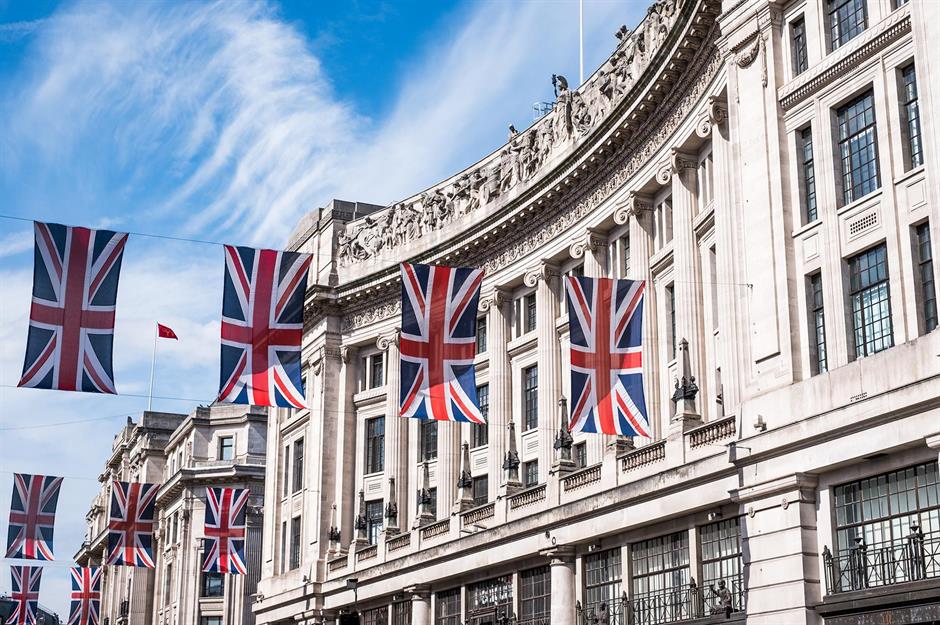
Flag of Botswana

Flag of South Africa
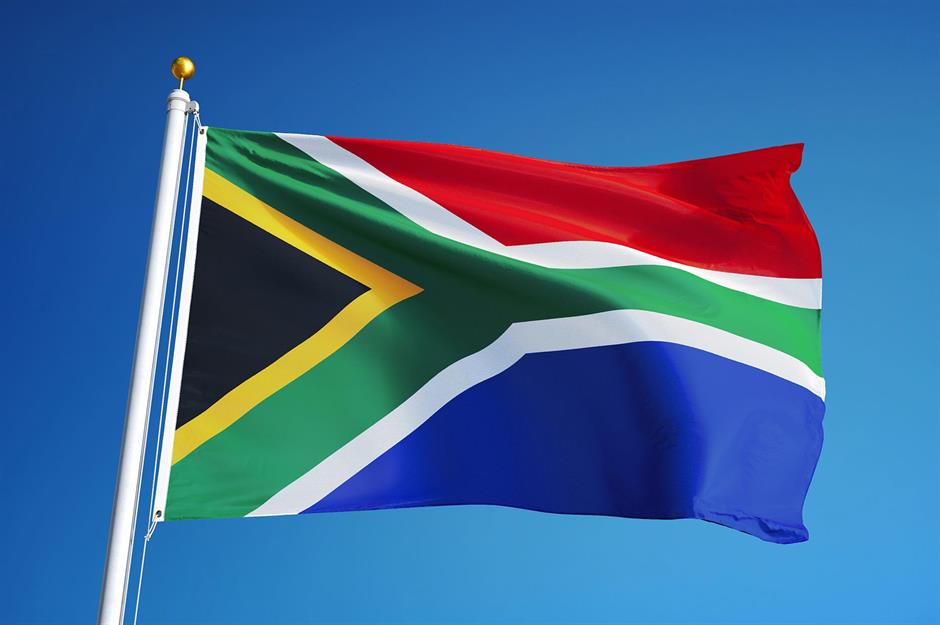
Flag of Australia
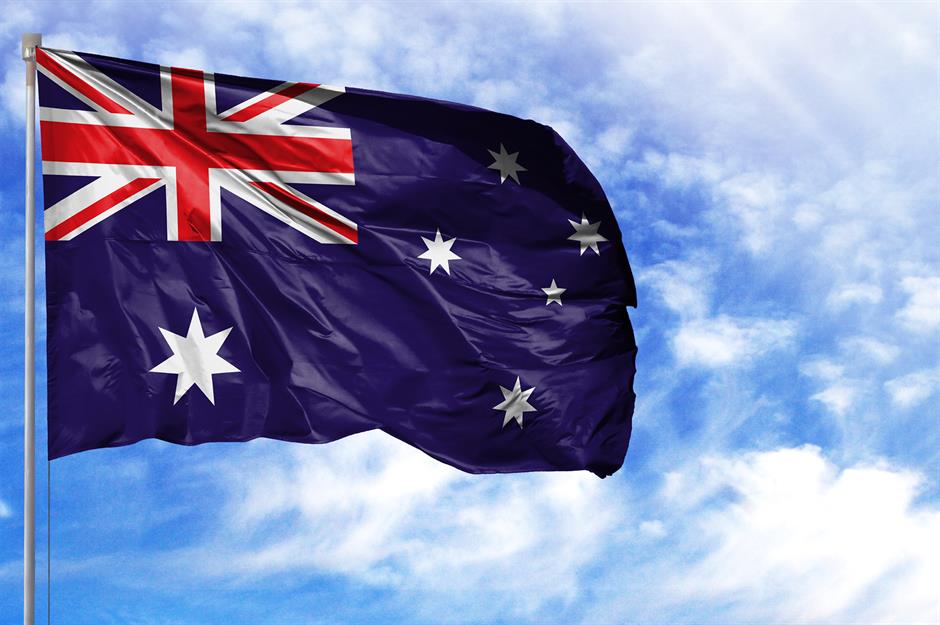
With a strong nod to the Commonwealth, the Australian flag features both the Union Jack in the canton (the upper-left oblong on the flag) and the large seven-pointed Commonwealth star beneath it. The other half of the flag, featuring five different-sized stars, represents the Southern Cross constellation that’s seen from Australia. However, it has divided opinion and there has been much debate recently about whether it should still include the Union Jack, along with concerns it isn't inclusive of the country's indigenous population.
Flag of New Zealand
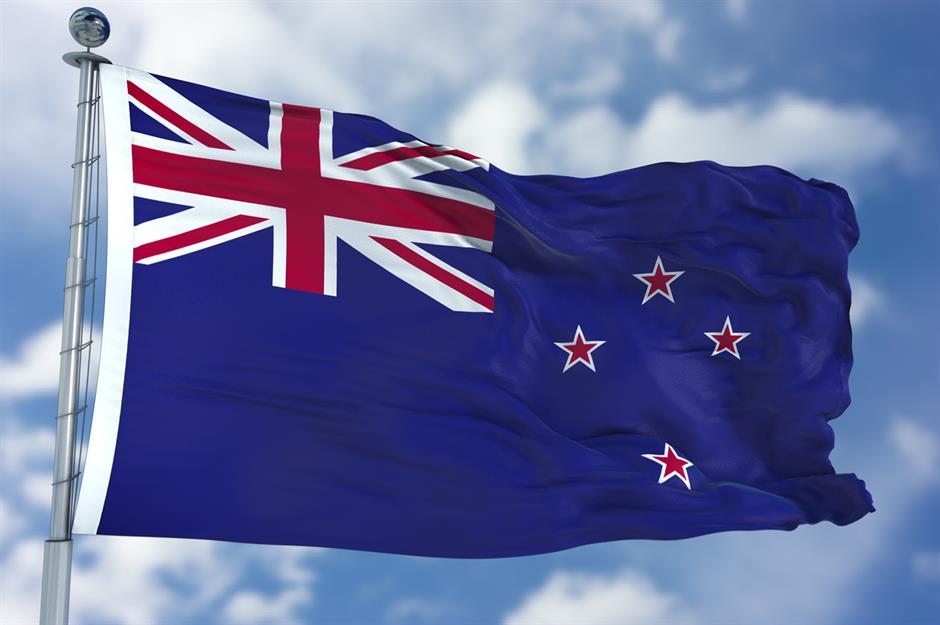
As with the Australian flag, the Union Jack in this flag’s canton is also a nod to the Commonwealth. The red stars symbolize the Southern Cross, a striking constellation in the southern hemisphere sky that's been used to represent New Zealand since the early days of European settlement. The constellation also has strong symbolism in Māori mythology. Discover 50 amazing reasons to visit New Zealand here.
Wǔ-xīng Hóng Qí, flag of China
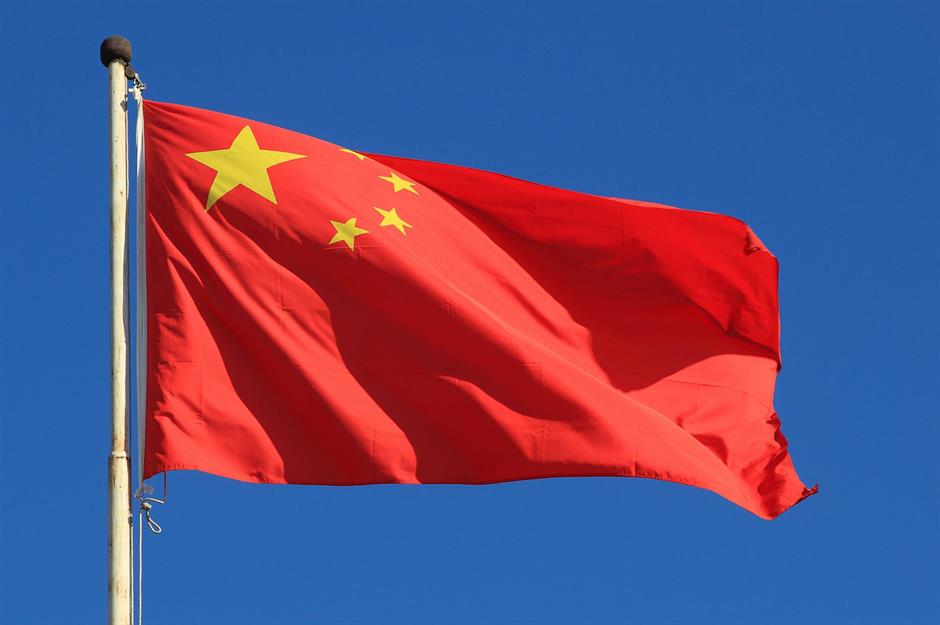
Flag of Somalia
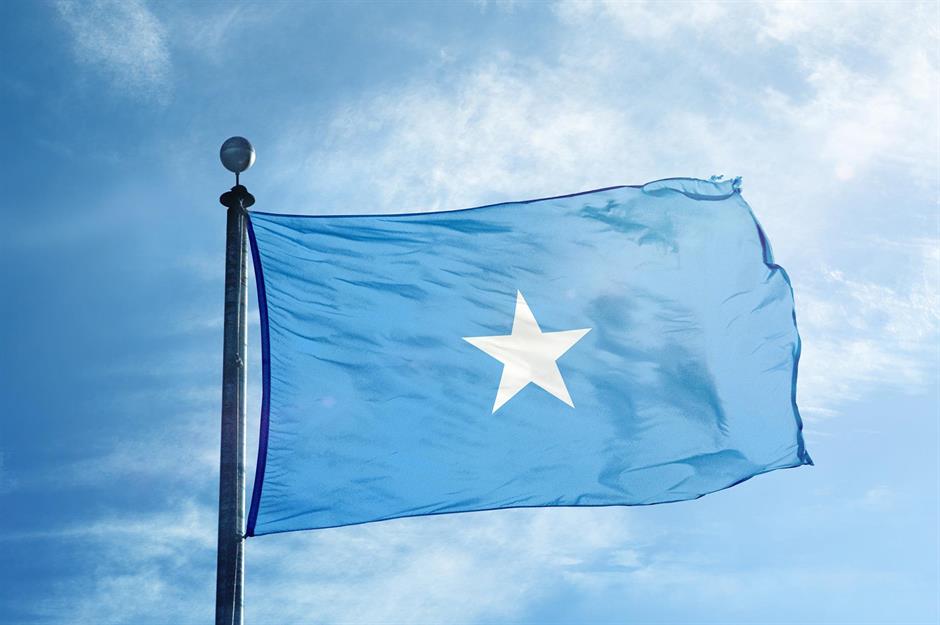
A Auriverde, flag of Brazil
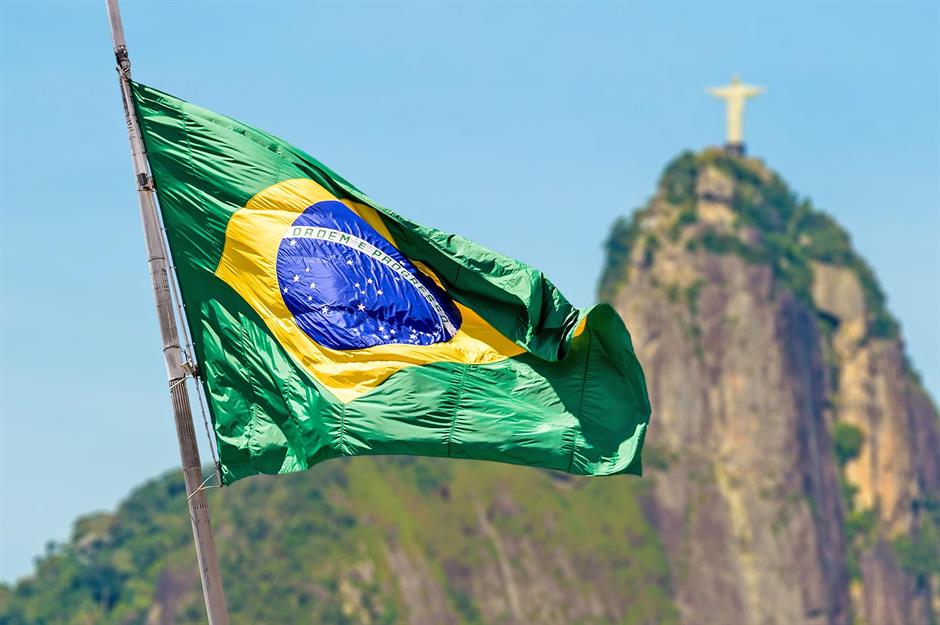
Flag of Russia
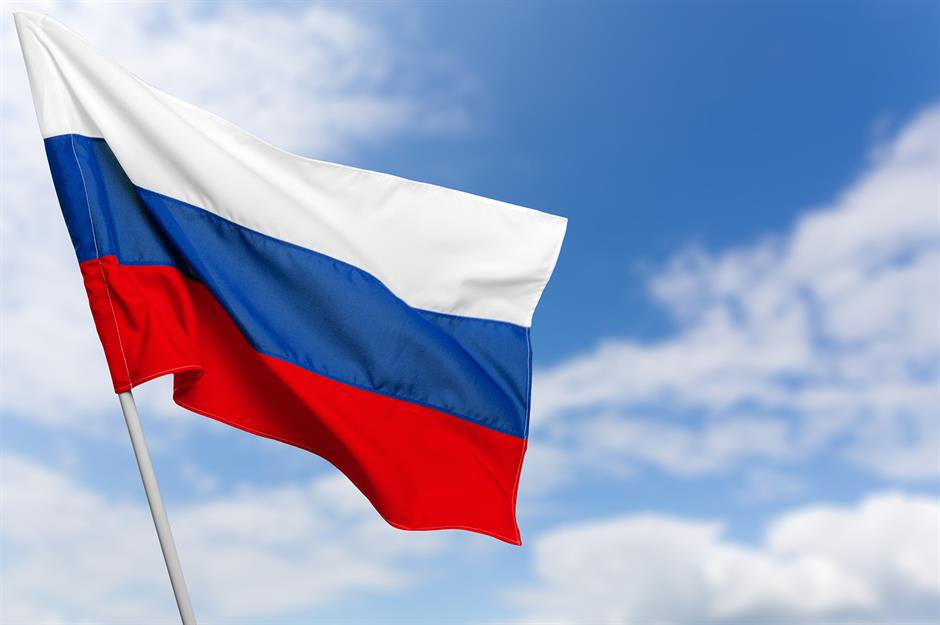
This became the official flag of the Tsardom of Russia in 1696, however, it wasn’t until the dissolution of the Soviet Union that the pre-revolutionary flag was reintroduced in 1991. The interpretations of the colors vary greatly. Some sources say the colors represent the order of priority (white for God, blue for tsar, red for the people), others believe the white symbolizes nobility and frankness, the blue stands for faithfulness and honesty, and the red is a symbol of courage and generosity.
I Galanolefki, flag of Greece
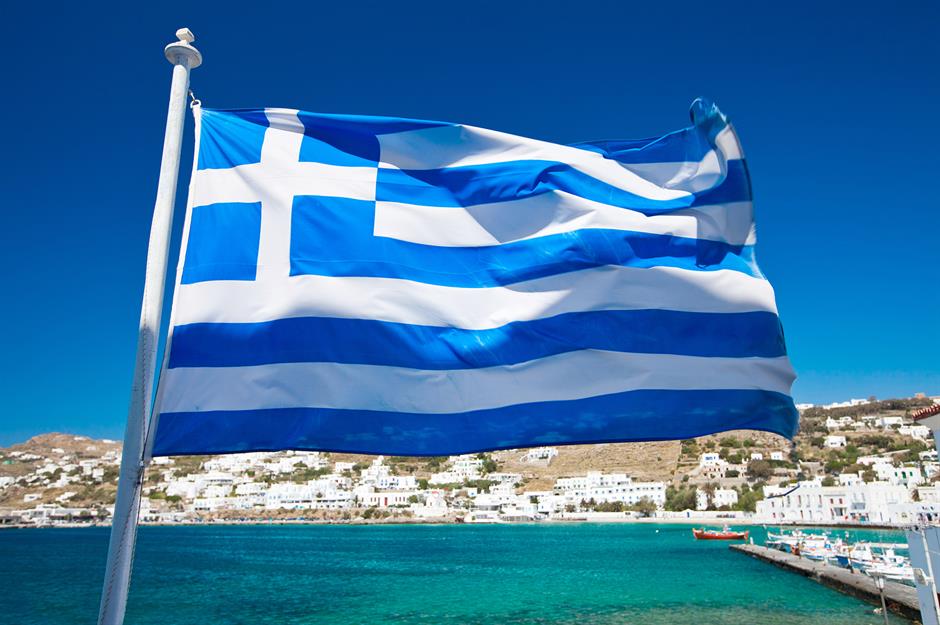
Reminiscent of Greece’s blue seas and the white buildings that line the coastline of its islands, the nine stripes on the Greek flag I Galanolefki are supposed to represent the nine syllables of the phrase "eleftheria i thanatos" ("freedom or death"), the motto of Greece. The cross in the flag’s upper left corner is representative of Eastern Orthodox Christianity, the established religion of the Greek people.
Dannebrog, flag of Denmark
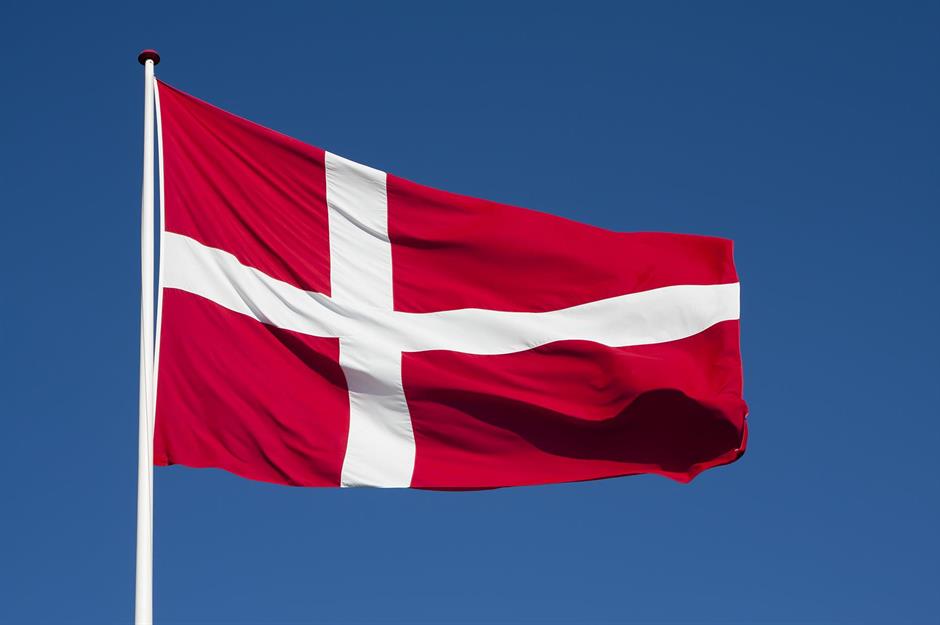
Flag of Bangladesh
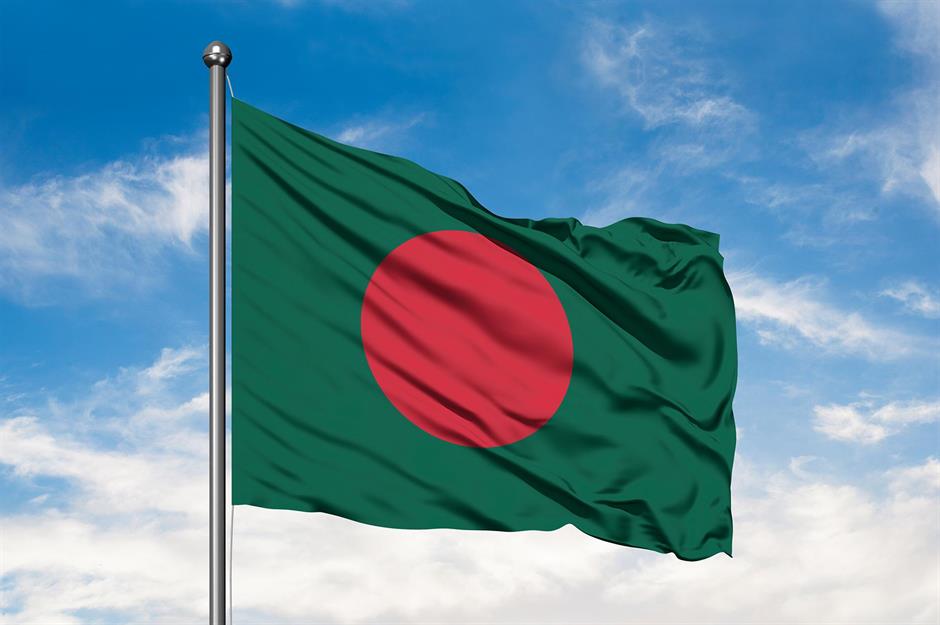
The green and red flag of Bangladesh hides a fascinating secret – the circle is offset so that it appears centered when flying on a mast. Adopted in 1972, the green represents the lushness of the country’s fields, while the red color symbolizes the blood of those who died for independence. The circle is a nod to the sun rising over Bengal. Now can you guess these capital cities from the sky?
Flag of Mozambique
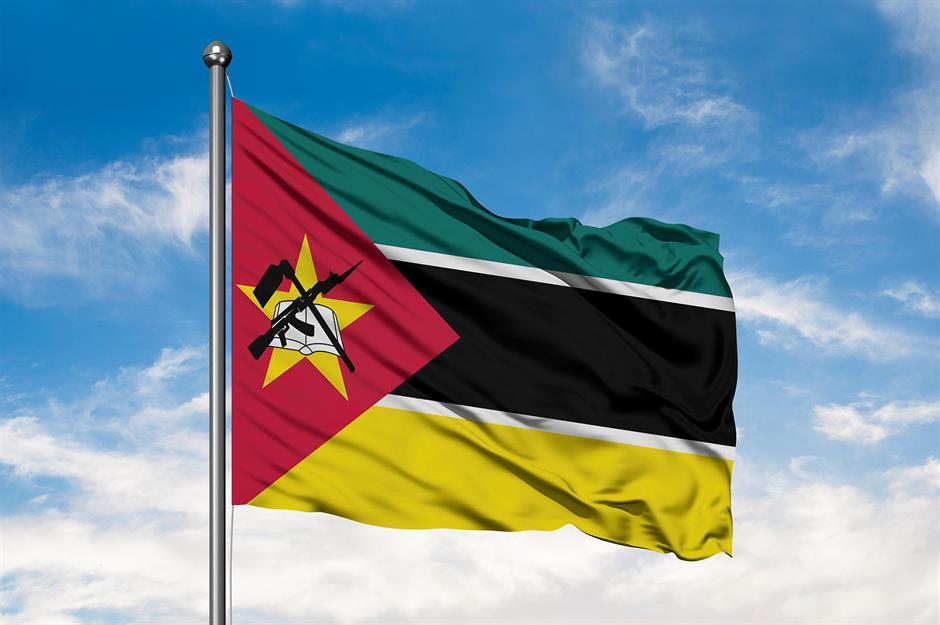
Flag of Kyrgyzstan
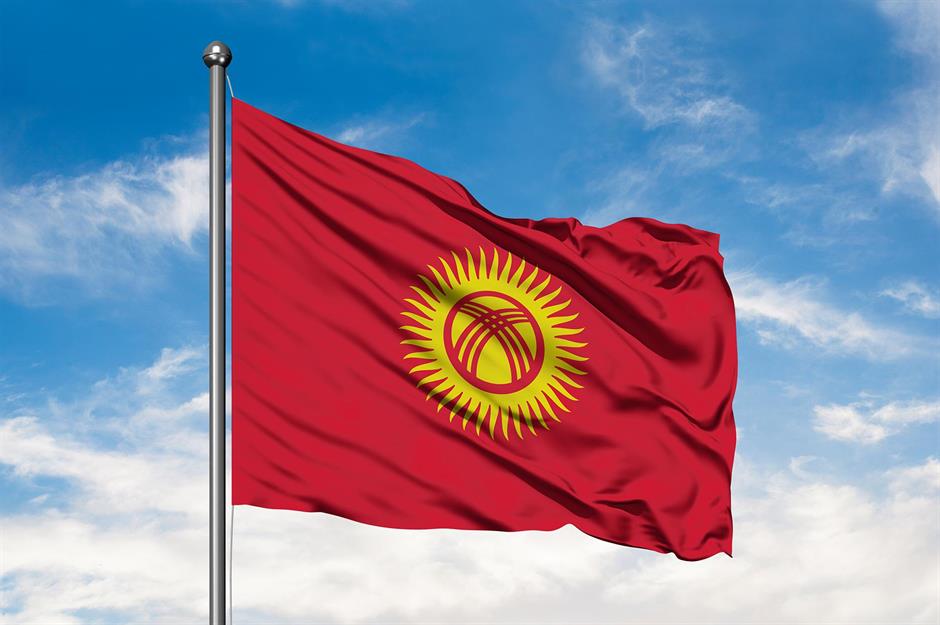
Formerly part of the Soviet Union, Kyrgyzstan didn’t get to use their flag until 1992, six months after declaring independence. The flag’s red background is said to represent bravery, while the symbol in the middle has a very complex meaning. Around the inner part of the symbol is the sun, representing peace and wealth, while the 40 different rays indicate the Kyrgyz tribes that united to fight against the Mongols. The inner lines are representative of a tunduk, the top part of the Kyrgyz yurt and family home.
Bandera de Panamá, flag of Panama
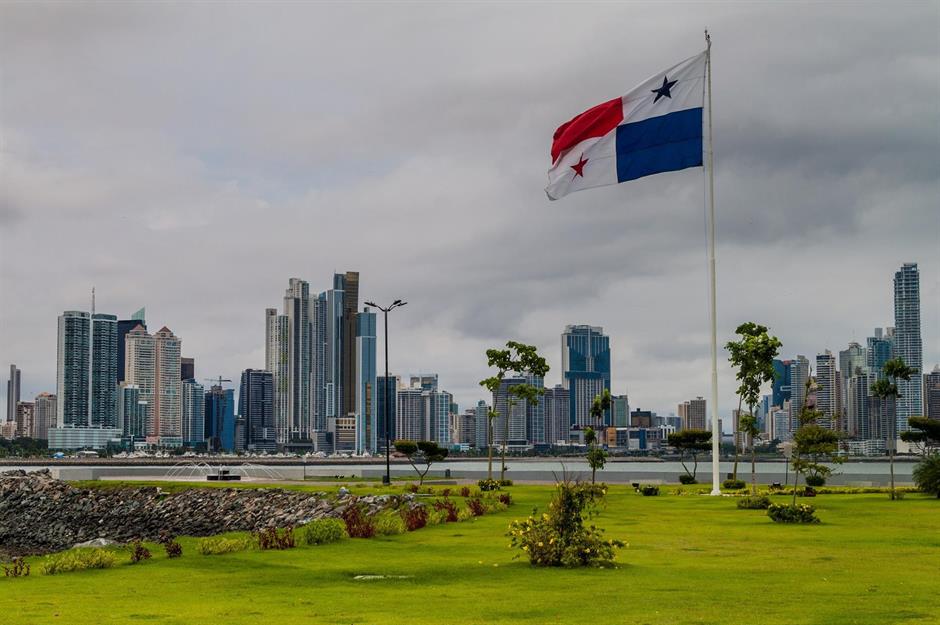
Flag of Nigeria
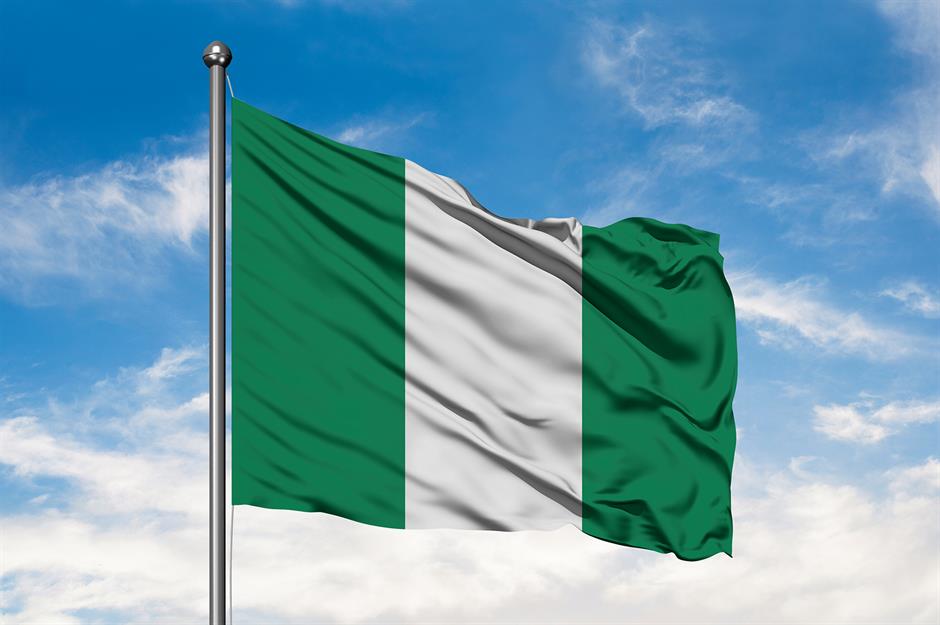
Flag of Bhutan
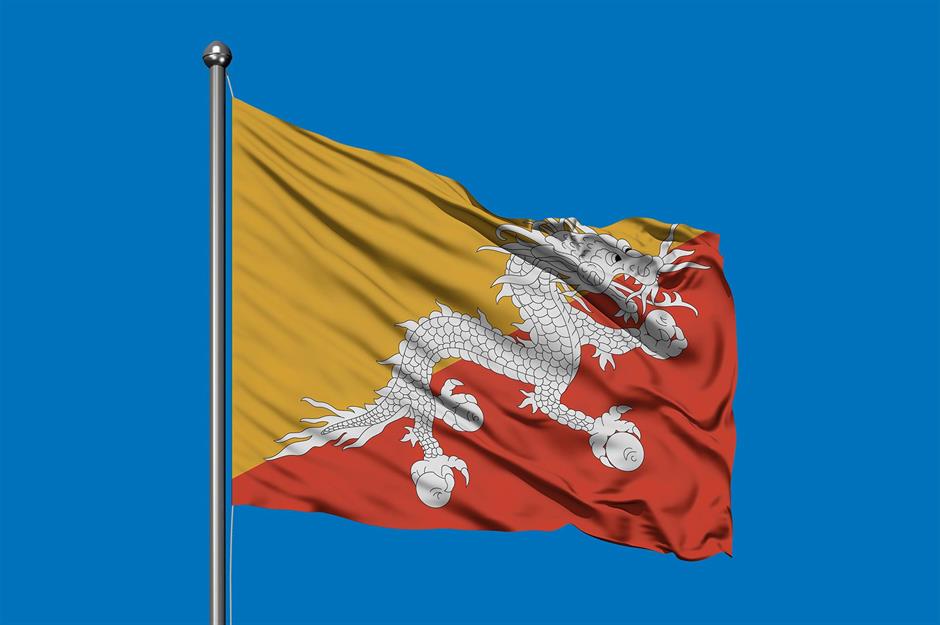
Flag of Ghana
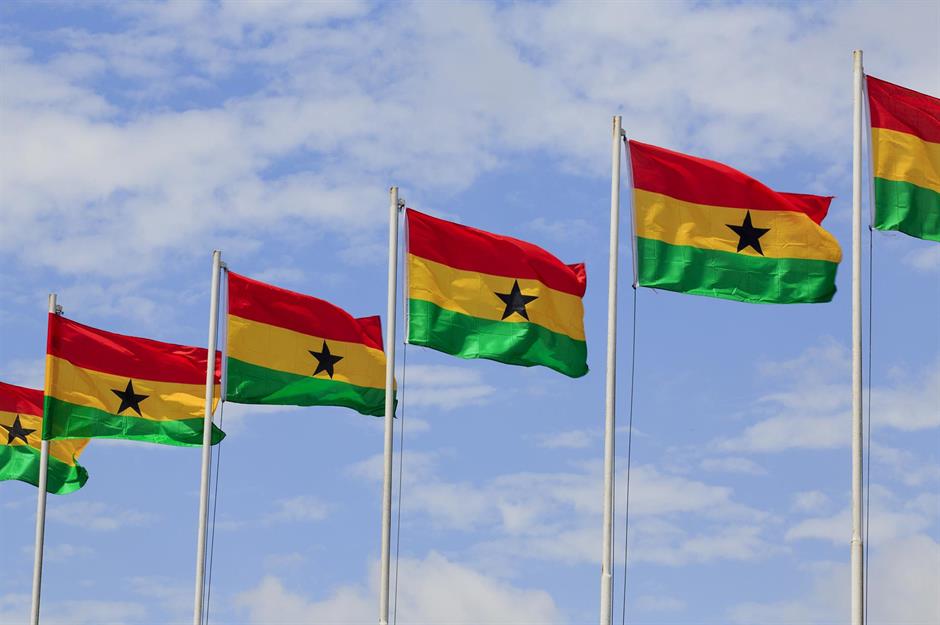
Erfalasorput, flag of Greenland
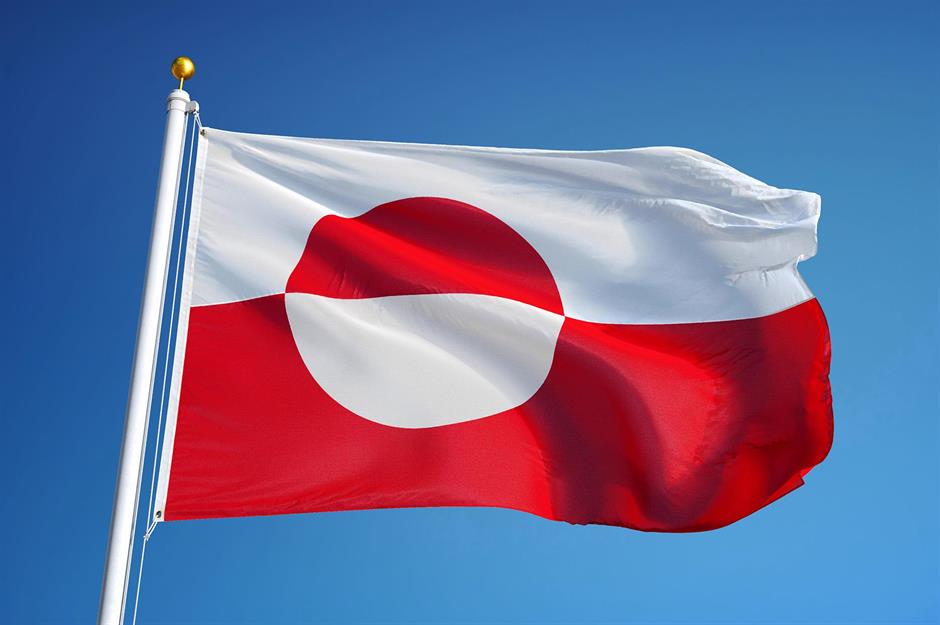
Cờ đỏ sao vàng, flag of Vietnam
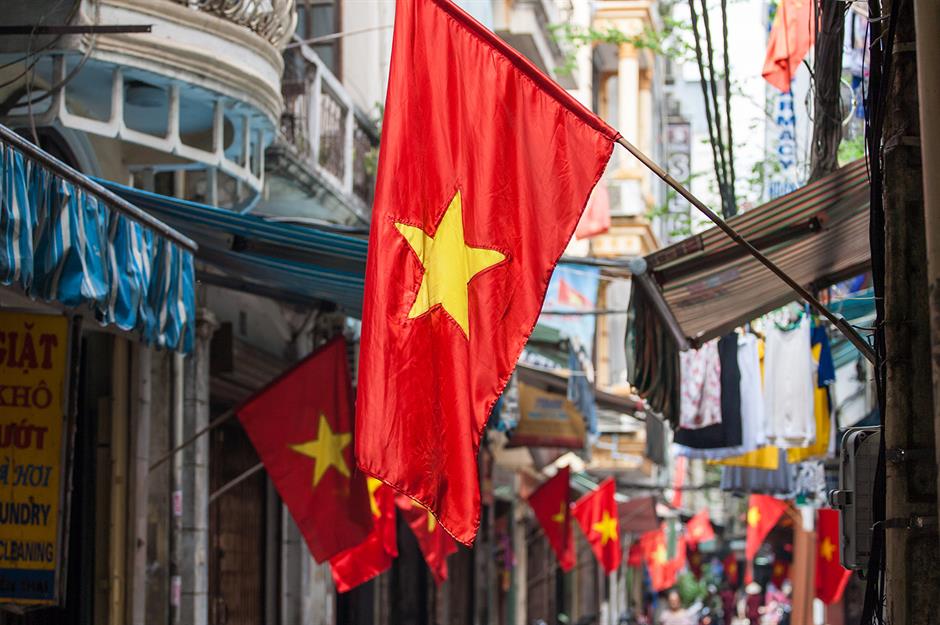
Flag of Lebanon

Adopted in 1943, this flag's red-white-red stripes are said to represent the Beqaa Valley between Mount Lebanon and the Anti-Lebanon Mountains. At the center of the flag is a green cedar, symbolizing the holiness and peace of the Lebanon Cedar that’s referenced in many biblical passages. Lebanon is often called the Land of the Cedars. Take a look at photos of the world's most beautiful small towns.
Jalur Gemilang, flag of Malaysia
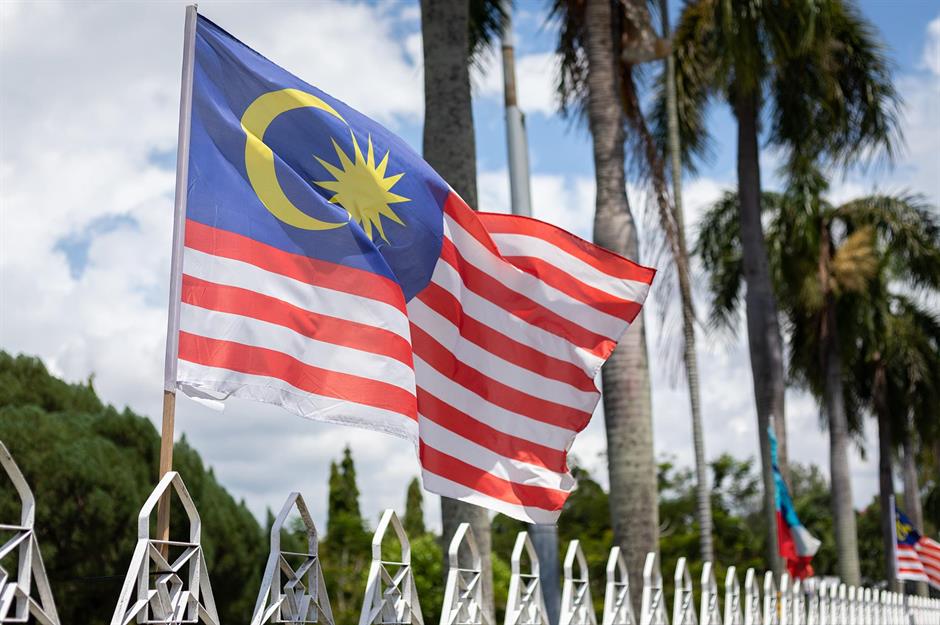
Malaysia’s Jalur Gemilang (meaning Stripes of Glory) was first raised in 1963. It is composed of 14 alternating red and white stripes, plus a blue canton bearing a crescent and a 14-point star known as the Bintang Persekutuan (Federal Star). The stripes represent the 13 states and federal territories of Malaysia and the 14 points of the star the unity between them. The crescent is a nod to Islam, the country’s official religion, while the yellow is the royal color of the Malay rulers.
Sang Saka Merah-Putih, flag of Indonesia
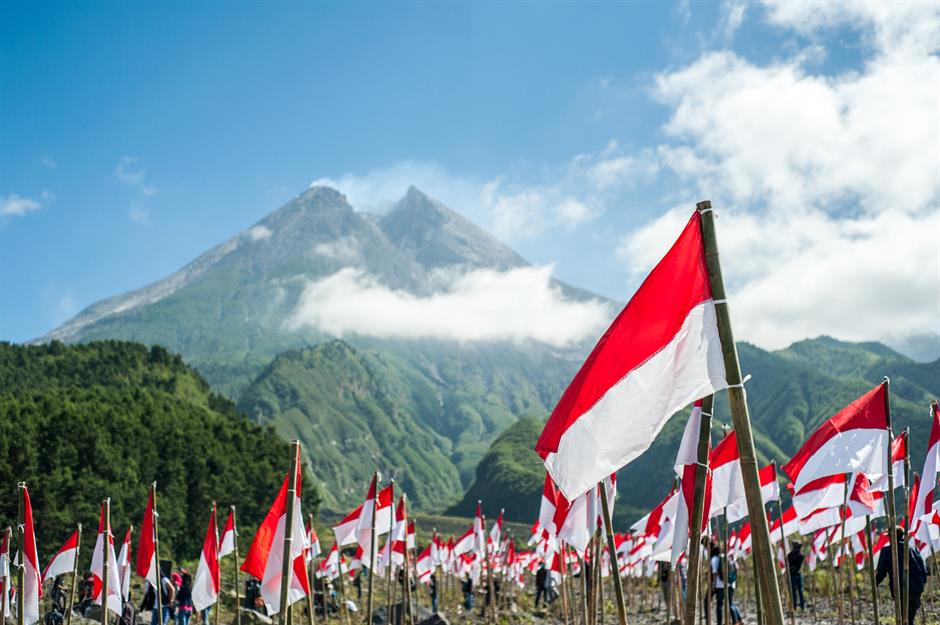
Flag of Cuba
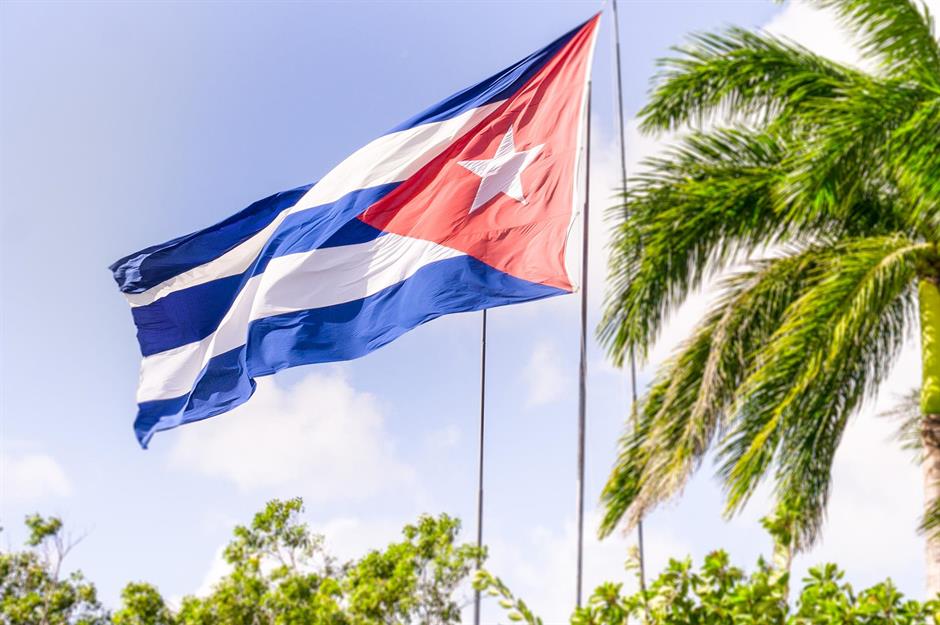
One of the two socialist countries in the world that doesn't use any communist symbols in their flag, Cuba officially adopted this design in 1902. It was created in 1849 by army general Narciso López, who was forced into exile after supporting moves to end Spanish rule. He relocated to New York, where poet Miguel Teurbe Tolón helped him design a flag based on López's vision of an independent Cuba. The three blue stripes represent the three administrative departments in Cuba at the time, the white stripes symbolize purity of ideals and the red triangle stands for courage, with the star representing the newly created country.
Flag of Nepal
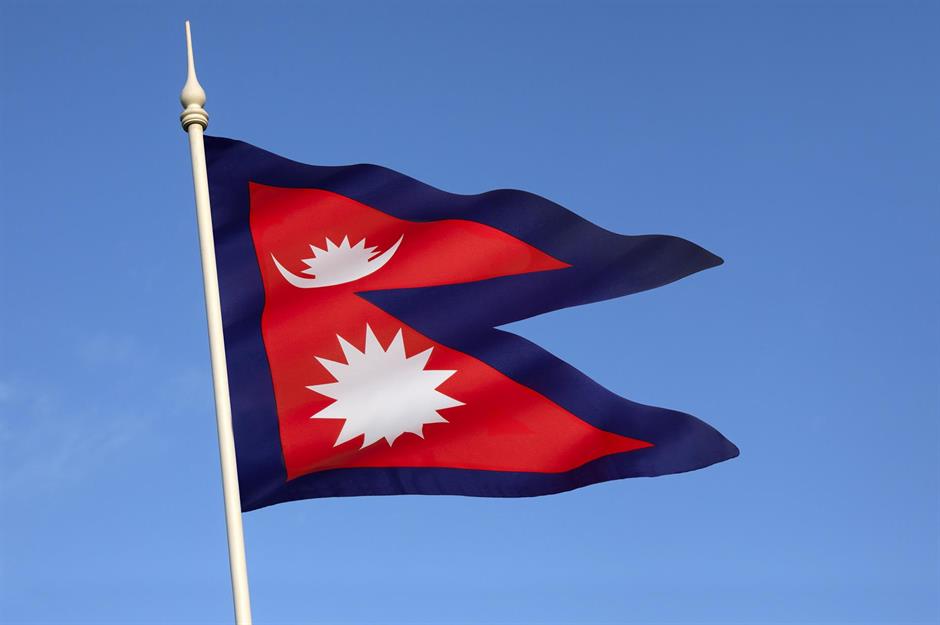
Symbolic of the high peaks of Everest, Nepal’s unusually shaped flag is one-of-a-kind. The two motifs within the flag, the sun and moon, are symbols of calm and resolve. The crimson red is the color of the country’s national flower, the rhododendron, while the blue border signifies peace. Discover secrets of the world's awe-inspiring mountains here.
Flag of Austria
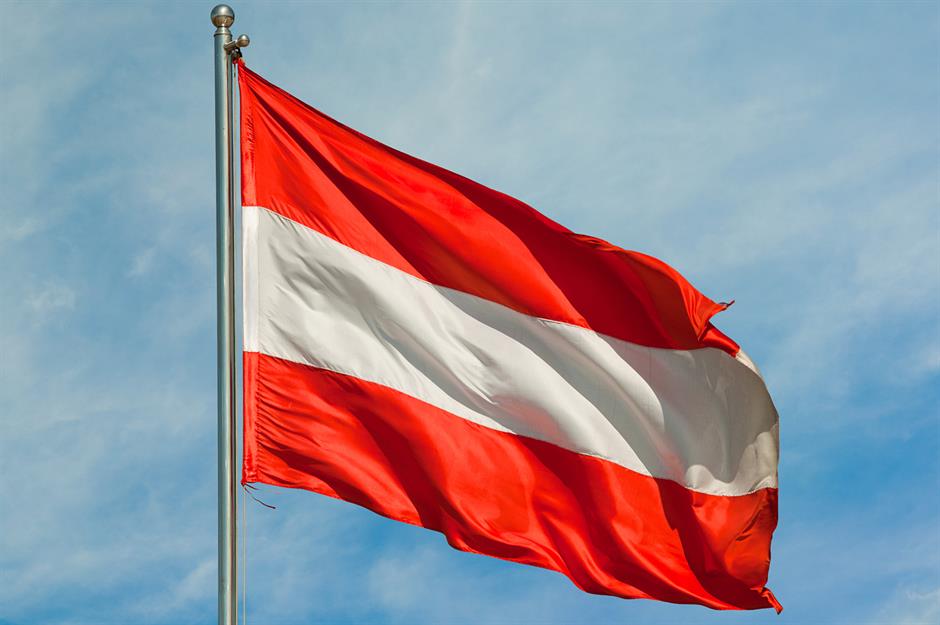
Although the flag was officially adopted only in 1918, a legend traces it back to the 12th century. It's said that the flag was invented by Duke Leopold V of Austria, who, after a fierce battle during the Siege of Acre, was left completely drenched in blood. When he removed his belt, the cloth beneath was unstained, leaving a strip of white.
Flag of Switzerland

First used by Swiss general Franz von Bachmann during the Napoleonic Wars, this flag was officially adopted in 1889, making it one of the oldest unchanged flag designs in the world. It’s also one of the two square flags of the world, the other being that of Vatican City. The white cross has been used by the Old Swiss Confederacy since late 13th century and the modern version represents both the Old Confederacy and Christianity.
Tricolor, flag of France

Derived from the colors of the flag of Paris, France’s flag is a symbol of both the revolution and the monarchy. The white represents the king (and is also the color of the House of Bourbon, who ruled the country until the revolution). The red and blue symbolizes the cockades worn during the French Revolution. Although the current design was approved in 1794, it didn’t become France’s national flag until the July Revolution in 1830. Enjoyed this story? You'll love discovering the surprising history of postcards too.
The Maple Leaf (L’Unifolié), flag of Canada

Comments
Be the first to comment
Do you want to comment on this article? You need to be signed in for this feature